Martha Josey’s love of fast horses is matched only by her passion for fashion, and a propensity for creating magical combinations of the two. Her flair for making rodeo glamorous has been there literally since day one of her barrel racing career.
“I was a senior in high school,” she said. “I went to a rodeo in Shreveport and sat up in the stands. Fay Ann Horton, who is still alive to this day, was running barrels. I had known her because we used to live in Kilgore and my Daddy and her husband were good friends. I said, ‘oh my gosh, I want to do what she’s doing!’”
Martha Josey’s Early Barrel Racing Career
Josey’s father passed away when she was just 10 years old but had been one of the first directors of the [American] Quarter Horse Association. After his passing, Josey says her mother had sold their mares but hung onto a stallion called “Jimbo,” who she introduced to the cloverleaf in short order after seeing barrel racing for the first time.
“When I went home from that rodeo, Jimbo had been in the stall for eight years,” Josey said. “I went home that night, got my daddy’s saddle out and took that picture all dressed in white and taking Jimbo around the barrels in the meadow as soon as I could.”

Josey says there were no barrel racing clinics or other instructional resources in those days, so she taught herself through trial and error. Josey says she has always made it a point to look the part of a glamorous cowgirl.
“I’m dressed up even there. It’s an old picture and I’m doing everything wrong because I didn’t know anything,” she laughed. “The first association that I joined was the Texas Barrel Racing Association, and it seemed like everybody was trying to dress up and the more sequins and the more lamé, the better.”

One of the mares her mother had sold was a horse by the name of Bay Canary. When the mare was bred to the stallion Frank’s Pal, that cross produced Josey’s beloved CeBe Reed.
“When CeBe Reed was 3 years old, the owners called me and asked me if I would ride him and that’s how my career really started,” Josey said.

Josey and CeBe Reed captured TBRA championships in 1964-67, quickly gaining status as one of the most popular barrel racing teams of the era. After venturing out of the TBRA, Josey decided to join the Women’s Professional Rodeo Association in 1968, a move that kicked her rodeo career into high gear.
“After getting in the WPRA I was lucky enough that I got to be on the Hesston team,” Josey said. “That was great because it was so much fun to go rodeo as a team. Getting to go to the winter Olympics in 1988 was really a highlight because we performed in front of all the Olympians. I got to go see the ice skating, hockey and so many other Olympic sports.”

In the WPRA, Josey qualified for 11 National Finals Rodeos, earning the title of WPRA world champion in 1980 aboard Sonny Bit O’ Both. Not only did Josey become a WPRA world champion, but also anAQHA barrel racing world champion and NBHA Open world champion. All the while, Josey made dressing to the nines a priority.
“You had to have kind of a different wardrobe for those different associations, which was fun,” she said. “When I first came out on CeBe Reed back in the early ‘60s, I loved to dress. Back then you couldn’t really find the kind of clothes you wanted so right away I found a seamstress, but she had never made anything Western before. Together, she and I came up with the [gold] lamés and the sequins.”
One of Josey’s favorite memories is of how her designs were embraced during her trip to represent the United States at the 1988 in Calgary, Alberta.

“When we went to the Olympics in Canada, the team had little cotton shirts,” she said. “It was me, Marlene [Eddleman] McRae and Charmayne [James]. Here we are already in Canada, and right away I called my seamstress, by then this was a different seamstress, and she was really good. Her name was Toby Tellis. She sent me three shirts and they were red, white and blue, the stripes, the stars—everything. When we got to walk across the stage after Team USA won the gold medal, I got to walk across the stage in my red, white and blue shirt in front of 100,000 people. That was probably one of my favorite shirts.”
Captivated by the glamorous design, the rodeo queen representing Team USA asked if she could wear the shirt in the official team photo.

Passing the Legacy Down
In recent years, NFR barrel racers have worn some sentimental articles of clothing loaned to them by their predecessors, such as Ivy Saebens donning several of Jimmie Munroe’s winning shirts. It’s a trend Josey might’ve started. And if she didn’t start it, she certainly gets behind it.

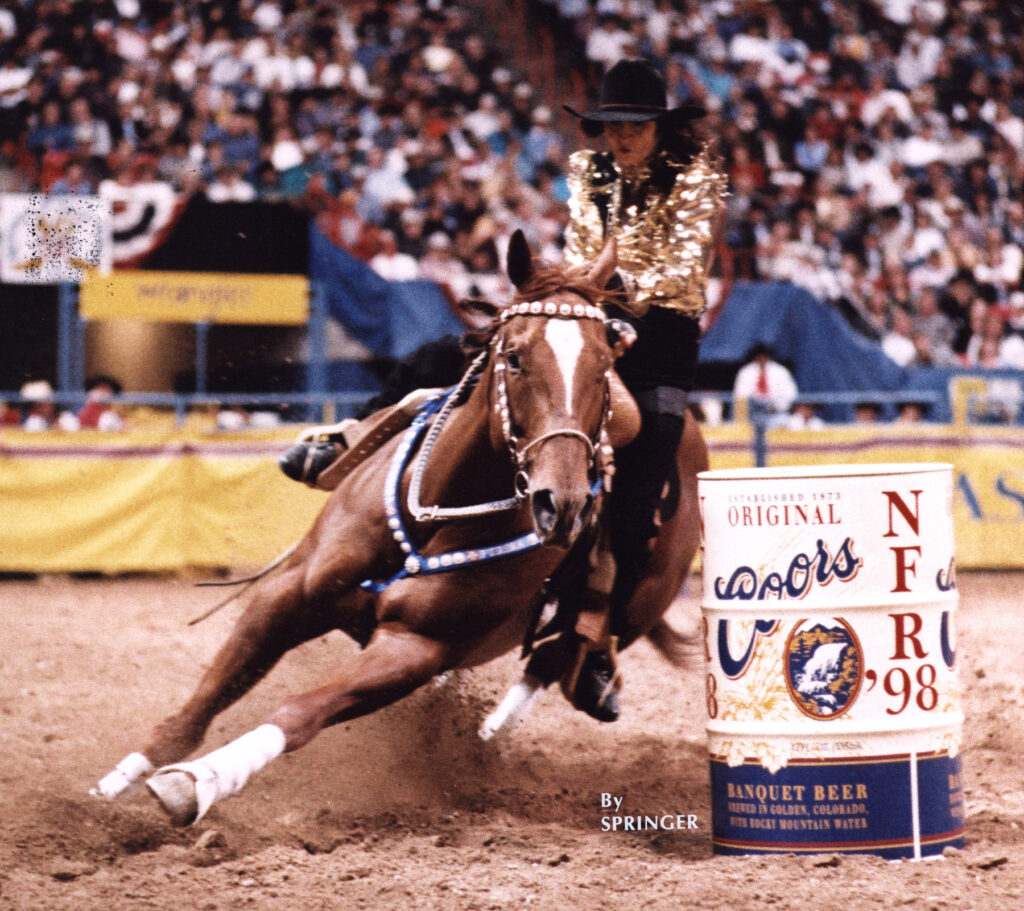
“After you win a barrel race that you really loved to win, that shirt just ends up meaning something to you forever,” she said. “Tiany [Schuster], a few years ago when she was getting ready to go to the NFR, she borrowed a few of my shirts. She looked great in them. For the 2020 NFR, she borrowed some of my shirts and had her own shirts designed as well. She ended up winning the best dressed cowgirl. Jimmie Smith (Tew) has also worn some of my shirts at the NFR.”

Josey says on the occasions when she won the honor of best dressed NFR barrel racer, no cash bonus was available, but that didn’t dissuade her.
“I just loved to dress,” Josey said. “You get to the NFR, and you’re tickled to death to get to be there. You want to look your best. I think a lot of girls now are planning their wardrobes, kind of like movie stars.”
When fashion-forward Fallon Taylor was a youngster, Josey says Taylor modeled some designs in the Josey fashion line.
“She has certainly shown that she can do really good with the way she dresses,” Josey said. “She came out with all the bright colors; I loved all those bright colors, even quite a while ago. Anytime you stand out from the crowd, you know you’re doing something pretty good.”
Josey infuses everything she does with her flair for fashion, and that includes her prominent barrel racing clinics.
“When we started with our first school here in 1967—of course we’re still going strong—but in 1967 Donna McFadden, who was at the time Miss Rodeo USA, she was one of my students,” said Josey. “After I found out she won that title, I made it a point at our schools to talk about the importance of looking good when you are competing. If you’re looking good, it gives you confidence.
“Anytime you see pictures of the top 15, you’ll see well-dressed barrel racers. That cowgirl or cowboy that likes to look good is the one that’s going to be back in that practice pen when they don’t make the perfect run. I think a person who likes to look good also likes to win.”
Part of Josey’s formula for creating great looks is selecting outfits with colors that complement her.
“I tell my barrel racing students to pick colors that you feel good wearing,” she said. “My favorite colors are red, white and blue, turquoise—the bright colors. I knew what colors I liked to ride in and what made me look the best. Even today, when I go out and ride at my clinics and I’m getting my horse ready somebody will say, ‘what color of [splint] boots do you want?’ They know I’m going to want the matching color to the boots I’m wearing.”
Championship Designs and Vintage Resurgence
Even in cases when she didn’t make a perfect run, Josey says she wanted to leave the arena having pride in her appearance.
“I think the barrel racer that likes to look good, he or she will be the person that will be back in that practice pen trying to do their best,” she said. “You always want to look your best and be your best. To be a champion you’ve got to look like champion, even if that means you need to cut the skirt off a wedding dress for your NFR run!”
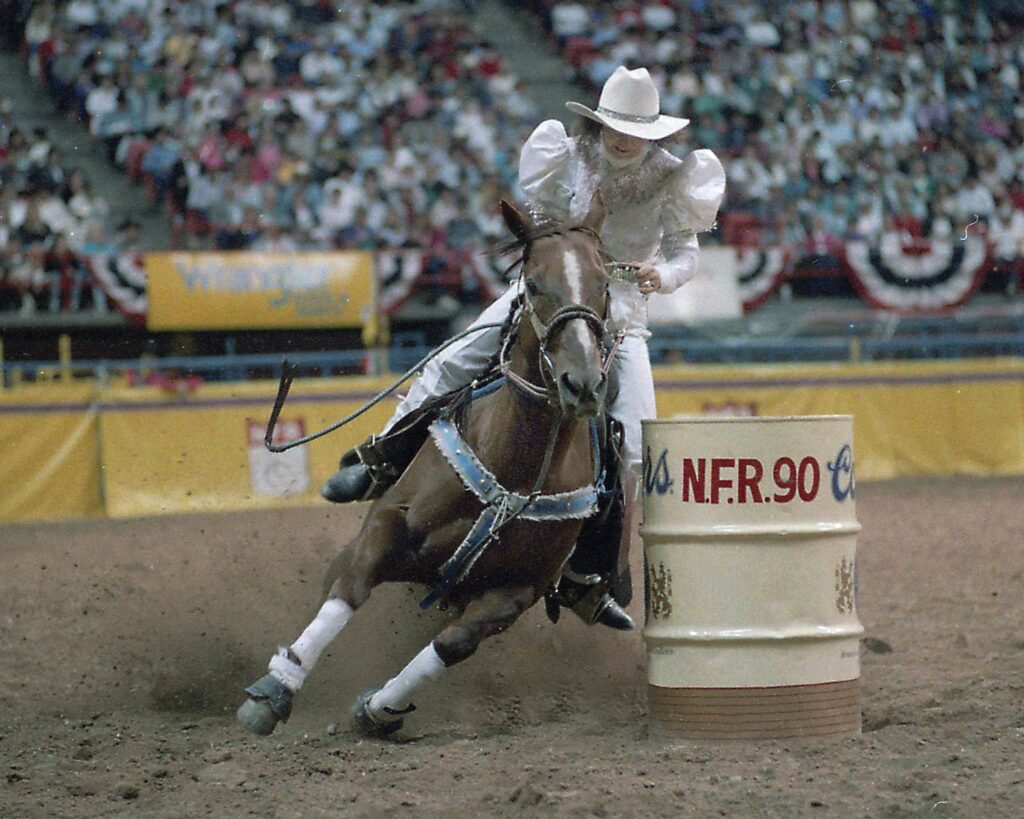
Josey credits her imagination and the talent of the seamstresses she employed for her distinctive style.
“I’ve almost always had people making my clothes because I always wanted to be a little different, and it was hard to find the kind of clothes that we wanted,” she said.
Most of her competition shirts zipped in the front and back and similar designs were hard to come by off the rack, especially when shoulder pads, fringe and sequins became hits.
“In the 1960s and ‘70s, maybe even still in the ‘80s, a lot of the outfits included sequins. In the ‘60s lame’ was definitely popular, then the sequins with it came a little later. In the ‘80s, the look was a bit more tailored. In recent years, I’ve seen more fringe, which I think happened because people just love that older style.”
In Josey’s opinion, fashion and barrel racing are intertwined in rodeo history since crowds have long appreciated pretty ladies riding fast horses.
“The cowgirls added so much to the dress code,” she said, noting that those early style icons have influenced the next generations in families like the Steiners, the Gays and numerous others for many decades.
“Anybody that rodeoed a long time ago would remember Rocker Steiner’s great grandmother, Beverly Steiner,” noted Josey. “That was Tommy Steiner’s wife. She was the mother of Bobby Steiner, the grandmother of Sid Steiner and the great grandmother of Rocker. She would always carry the flag in the grand entry. She was absolutely gorgeous and could dress like a million dollars. I think a lot of barrel racers saw people like that and wanted to look like that.”
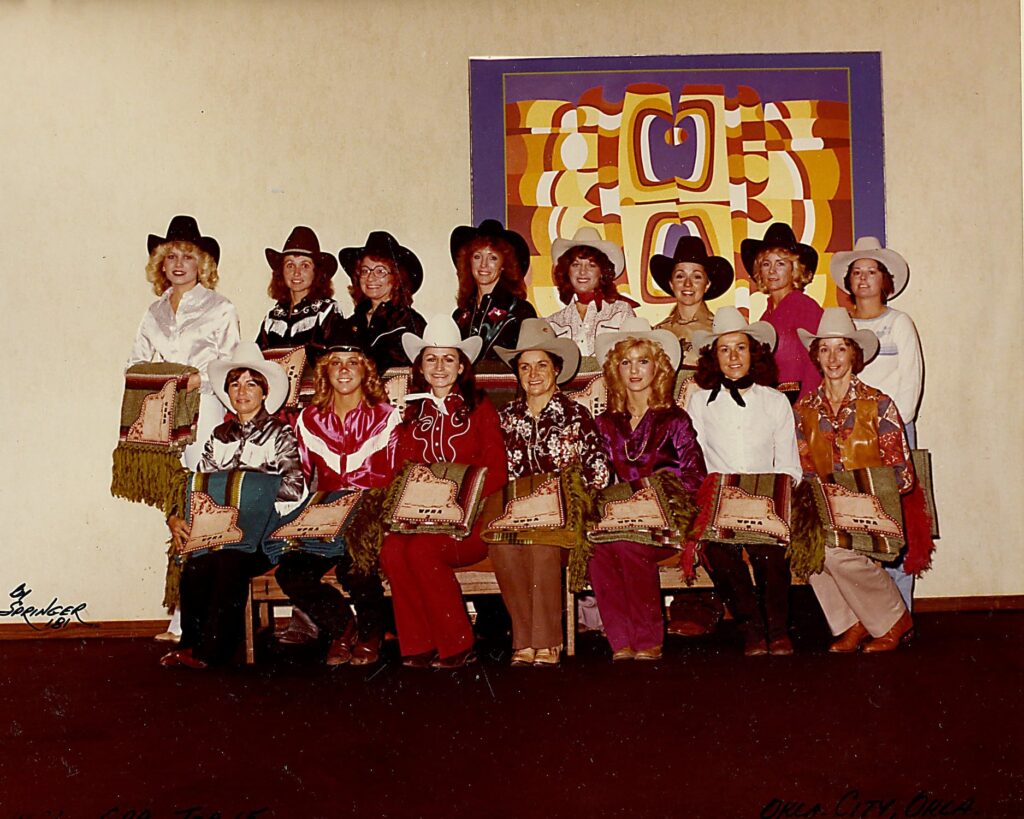
One of Josey’s favorite examples of a family carrying on first-class fashion tradition is that of Kay Gay’s granddaughters carried the American flag and the Texas flag during the Fort Worth Stock Show & Rodeo’s pageant-filled grand entries.
“They are still dressing like a million dollars,” she said. “I love the way a lot of the cowboys dress too. “There are so many of them that just look like terrific at the rodeos and the futurities.”
Finding Your Style
Josey is proud to see Western style gaining popularity these days.
“It’s great for the rodeo industry,” she said. “You’ll see people now who don’t even ride a horse that are wearing cowboy hats. Nowadays, maybe more than ever, people are enjoying getting to do what we’re getting to do, which is ride horses, go to clinics, go to rodeos. The popularity of the Western lifestyle shows people who don’t rodeo or ride horses that it might be something they’d want to try.”
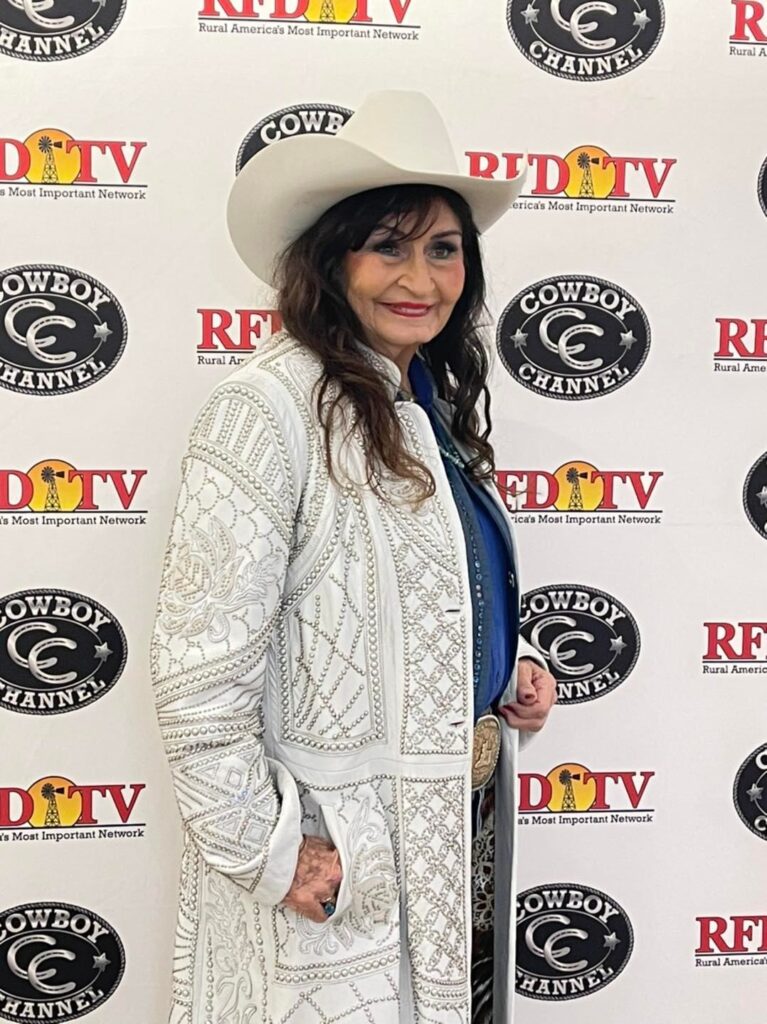
Josey is proud that students at her barrel racing clinics show out with unique looks, and she is especially pleased with the way Josey Junior World and the Reunion attendees present themselves.
“We’ve always had pictures at the end of the Junior World and Reunion in Western attire,” she said. “They always look good.”
In Josey’s highly competitive orbit, it doesn’t matter what activity you participate in, she believes it’s important to look and be your best in all things.
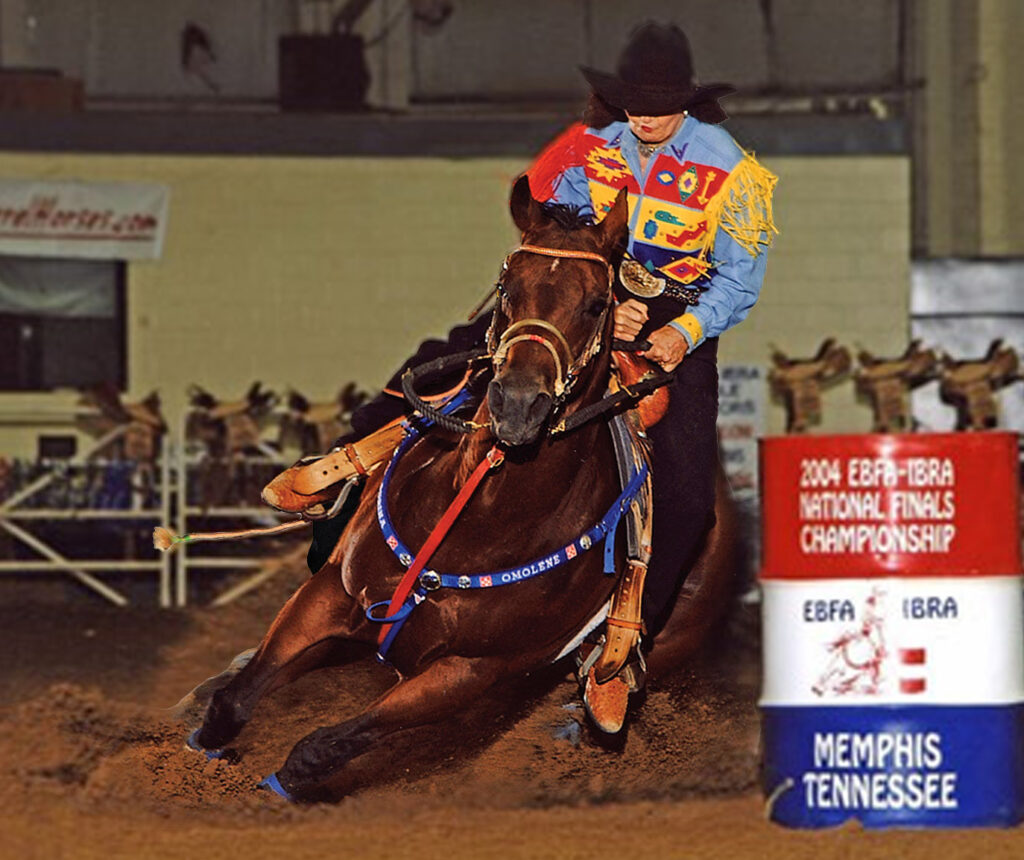
“I played basketball in high school and went on to play some semi-pro basketball after high school. Even then I wanted to look good. I wanted my shorts and my warm-ups to look better than everybody else’s. I wanted to look good, even out on the basketball court.”
Josey advises women to find out their best colors and center their wardrobe around it. She also reminded not to fear bright colors or standing out from the crowd.






